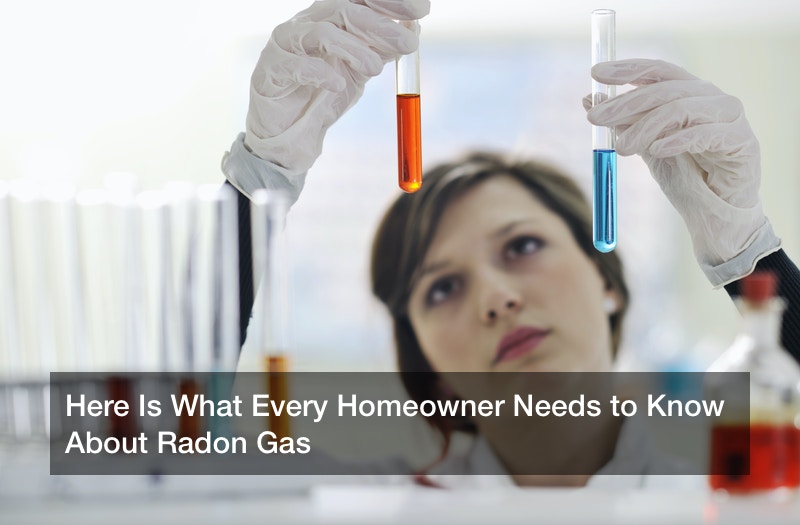
There has been a growing concern for increased radon levels within American homes. Radon is an invisible, odorless and tasteless gas that is the second leading cause of lung cancer in the US after smoking. The American Cancer Society estimates that excessive Radon exposure is responsible for over 21,000 deaths annually through lung cancer. It is crucial that you get your house tested to keep your family safe.
How Radon Gas Enters Your Home
Radon gas, which is nine times heavier than air, occurs naturally from the dissociation of uranium in the soil. The radioactive gas then seeps through the ground into the atmosphere, leading to elevated levels in your basement.
Radon levels are measured in picocuries per liter (pCi/L). The natural concentration outdoors is 0.4 pCi/L. The Environmental Protection Agency states that levels above 4 pCi/L may be dangerous for your health. About one in every fifteen US homes is estimated to have radon levels at or above the EPA action level.
Radon Gas Testing
The only way to determine the presence of radon in your home is through local radon testing. The lower the levels of the radioactive gas in your home, the less the risk of your family developing lung cancer. The EPA indicates that long-time exposure increases the risk of carcinogenic mutations by 16%.
The EPA recommends mitigation measures if your home has levels above 4pCi/L from a long-term test or an average of two short tests.
-
- Short-term tests: These measures take about 2 to 90 days to obtain results, depending on the analysis done. One of the most common methods used for local radon testing is the activated charcoal canister test.
-
- Long-term tests: These measures take over 90 days and involve finding an average of daily radon levels to find accurate concentration within your home. The method typically utilizes an alpha particle tracking system.
If you find the concentration above the EPA action level, call in a local radon mitigation company to help you reduce the radon levels in your home.
Common Mitigation Measures
While it may be impossible to remove radon from your home completely, the EPA recommends some mitigation measures that you can deploy.
1. Sub-Membrane Suction
It involves the installation of a sump pump in your basement or crawlspaces that pushes out polluted air using a fan and a vent pipe. The crawlspace is covered with a high-density plastic sheet. This method is the most effective way to reduce radon in your home.
2. Foundation Sealing
This method involves sealing cracks and other openings in your foundation. You need to understand that the EPA doesn’t recommend sealing as a stand-alone intervention measure. As your house naturally settles in, it will open up new cracks and crevices that may let in radon gas.
3. Heat Recovery Ventilator (HRV)
This air-to-air heat exchanger improves ventilation within your home, thus helping keep the random levels low. The ventilator brings outdoor in and vents out indoor air while using the exhausted air to warm or cool the incoming air. The HRV improves the air quality in your home as is most effective when focused on your basement.
In Conclusion
Radon gas exposure is harmful to your family, as elevated concentrations may cause cancer in your loved ones. A local radon testing may help you determine the levels in your home. If the levels fall above the recommended concentration, you can call in radon mitigation services.

